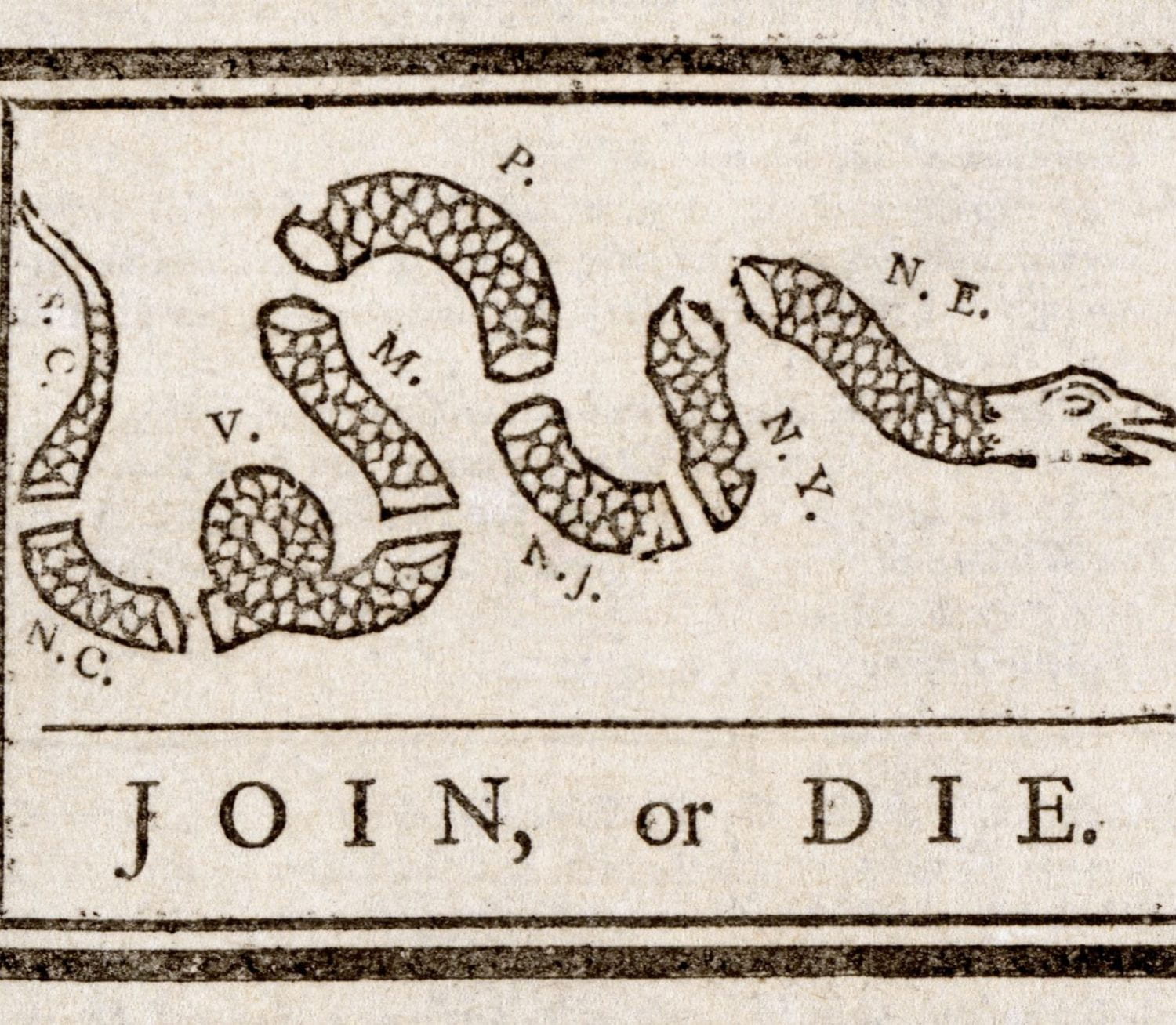 by Payton Waters
by Payton Waters
For my blog post, I chose to visit Middleton Place. Middleton Place is a plantation that was originally owned by the Williams family. After the original owner, John Williams passed away, the plantation was passed down to his daughter Mary Williams. Williams then married a man by the name of Henry Middleton which consequently led to the name change of the estate. The Middleton family were avid supporters of the Confederacy and they played major roles in the founding of the United States of America. The original main estate and north flanker were burned down during the Civil War, leaving only one building standing. Today, the one remaining house is staged with all original furniture, artwork, decor, and more that belonged to the Middleton family.
We have often discussed the vital role that Christianity and God played for many African Americans during this time period. Another structure that survived the Civil War was the Spring House and plantation chapel. The building was originally built in 1741 but the chapel was added in 1851 by Williams Middleton and his wife, Susan Pringle Smith. The idea for the chapel was encouraged by Susan because of her experience growing up on plantations with chapels for enslaved individuals. The actual construction is presumed to have been done by Williams’ three main slave carpenters, Billy, Henley, and William. The Spring House is perched atop a hill with the chapel on the upper floor. The chapel is located right along the edge of Mill Pond. The view of the water adds a sense of serenity to the already spiritual space.
The chapel itself was very small. It was about two-thirds the size of our classroom. There was a small cross placed above the fireplace, with two rows of three benches each facing it. This struck me because it is assumed that there were upwards of 800 slaves that resided on the Middleton plantation. In addition, the chapel was open for use for any white person living or visiting the plantation as well. While the slaves made up the overwhelming majority of the population at the estate, they still were only given a very small space to dedicate to their worship.
This space was dedicated to religious lessons, Sunday services, baptisms, marriages, confirmations, and funerals. Oftentimes, slaves from other plantations would come and get married in the Middleton’s chapel. These marriages would be recognized by Middleton Place and other plantations but they were not technically recognized by the South Carolina government.
Overall, the experience reaffirmed the idea that spirtuality was one of the main focuses of African American culture during slavery. It was clear that this particular chapel, no matter the size, was important to those that resided at Middleton Place and even those that were on other plantations. This chapel seemed to be one of the only places on the plantation that the slaves were able to exercise the same rights that their white owners were able to have wherever they pleased.
